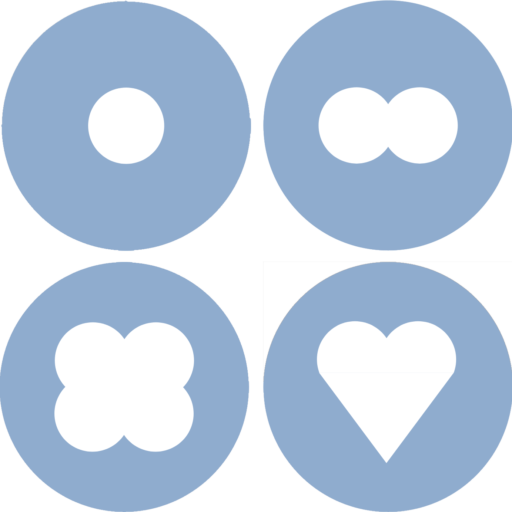When is the test done;
The chorionic villous sampling test is performed between 11-15 gestational weeks.
Why is CVS needed?
The commonest indications are:
- Increased risk for a chromosomal abnormality as calculated by the combined test (the combination of maternal age, ultrasound and biochemical markers) in the first trimester.
- History of a genetic disease in the family.
- Discovery, after ultrasound, of a congenital abnormality in the fetus.
- Maternal wish.
The chorionic villous sampling procedure is a diagnostic test. It is done by collecting a very small amount of chorionic villi (the placenta tissue). In the vast majority of cases, but not always, the fetus and the placenta share the same genetic material and, therefore, chromosomes found in the placenta are the same as the ones found in the fetus.
How is the test done?
First, we clean with an anteseptic the tummy’s skin. Afterwards, we numb the skin where the needle will insert with local anesthetic. Subsequently, a very thin needle passes through the tummy, into the uterus and, being directed to the placenta, a small area of the placenta is sampled. The needle is under continuous ultrasound visualisation. The whole procedure lasts for about 1- 2 minutes and at the end of the procedure the fetal heartbeat is checked. The following video demonstrates the procedure’s technique.


